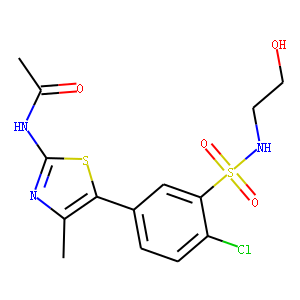| Reference | 1. Sci Rep. 2017 Sep 14;7(1):11582. doi: 10.1038/s41598-017-11798-6.<br />
<br />
Mitigating Motor Neuronal Loss in C. elegans Model of ALS8.<br />
<br />
Zhang W(1), Colavita A(1), Ngsee JK(2).<br />
Author information:<br />
(1)Neuroscience, Ottawa Hospital Research Institute, Cellular and Molecular Medicine, University of Ottawa, 451 Smyth Road, Ottawa, Ontario, Canada, K1H 8M5. (2)Neuroscience, Ottawa Hospital Research Institute, Cellular and Molecular Medicine, University of Ottawa, 451 Smyth Road, Ottawa, Ontario, Canada, K1H 8M5. [email protected].<br />
ALS8 is a late-onset familial autosomal dominant form of Amyotrophic Lateral Sclerosis (ALS) caused by a point mutation (P56S) in the VAPB gene (VAMP associated protein isoform B). Here, we generated two C. elegans models of the disease: a transgenic model where human VAPB wild-type (WT) or P56S mutant was expressed in a subset of motor neurons, and a second model that targeted inducible knockdown of the worm/'s orthologue, vpr-1. Overexpression of human VAPB in DA neurons caused a backward locomotion defect, axonal misguidance, and premature neuronal death. Knockdown of vpr-1 recapitulated the reduction in VAPB expression associated with sporadic cases of human ALS. It also caused backward locomotion defects as well as an uncoordinated phenotype, and age-dependent, progressive motor neuronal death. Furthermore, inhibiting phosphatidylinositol-4 (PtdIns 4)-kinase activity with PIK-93 reduced the incidence of DA motor neuron loss and improved backward locomotion. This supports the loss of VAPB function in ALS8 pathogenesis and suggests that reducing intracellular PtdIns4P might be an effective therapeutic strategy in delaying progressive loss of motor neurons.<br />
<br />
2. J Biol Chem. 2012 May 18;287(21):17672-81. doi: 10.1074/jbc.M112.341354. Epub 2012 Apr 5.<br />
<br />
Involvement of phosphoinositide 3-kinase and PTEN protein in mechanism of activation of TRPC6 protein in vascular smooth muscle cells.<br />
<br />
Monet M(1), Francoeur N, Boulay G.<br />
Author information:<br />
(1)Department of Pharmacology, Faculty of Medicine and Health Sciences, Université de Sherbrooke, Sherbrooke, Quebec J1H 5N4, Canada.<br />
TRPC6 is a cation channel in the plasma membrane that plays a role in Ca(2+) entry after the stimulation of a G(q)-protein-coupled or tyrosine-kinase receptor. TRPC6 translocates to the plasma membrane upon stimulation and remains there as long as the stimulus is present. However, the mechanism that regulates the trafficking and activation of TRPC6 are unclear. In this study we showed phosphoinositide 3-kinase and its antagonistic phosphatase, PTEN, are involved in the activation of TRPC6. The inhibition of PI3K by PIK-93, LY294002, or wortmannin decreased carbachol-induced translocation of TRPC6 to the plasma membrane and carbachol-induced net Ca(2+) entry into T6.11 cells. Conversely, a reduction of PTEN expression did not affect carbachol-induced externalization of TRPC6 but increased Ca(2+) entry through TRPC6 in T6.11 cells. We also showed that the PI3K/PTEN pathway regulates vasopressin-induced translocation of TRPC6 to the plasma membrane and vasopressin-induced Ca(2+) entry into A7r5 cells, which endogenously express TRPC6. In summary, we provided evidence that the PI3K/PTEN pathway plays an important role in the translocation of TRPC6 to the plasma membrane and may thus have a significant impact on Ca(2+) signaling in cells that endogenously express TRPC6.<br />
|

